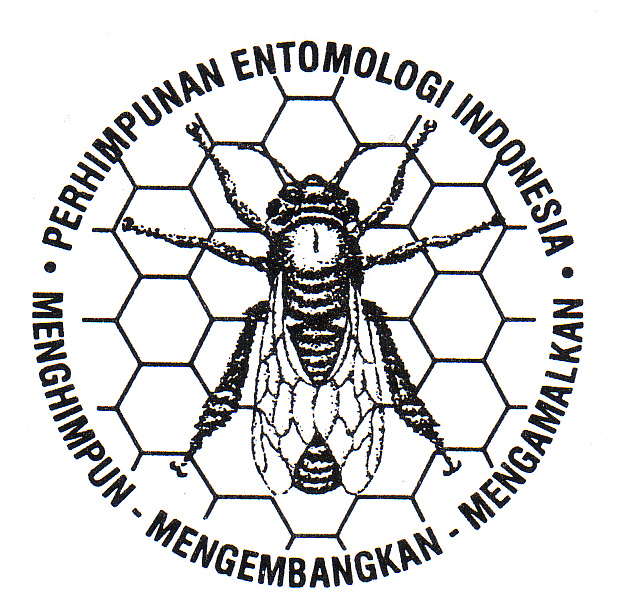Tropical lowland rainforest conversion to rubber monoculture affects flight activity and pollen resources of the stingless bees Tetragonula laeviceps
Konversi hutan tropis dataran rendah menjadi lahan monokultur karet mempengaruhi aktivitas terbang dan asupan sumber daya lebah tanpa sengat Tetragonula laeviceps
DOI:
https://doi.org/10.5994/jei.20.1.88Keywords:
bee pollen, converted land, flight activity, pollen resource, Tetragonula laevicepsAbstract
Tropical lowland rainforest conversion leads to decreases diversity and population in insect pollinators, including stingless bees. However, how stingless bees respond to this conversion is still being studied. In this study we observed the number of flight activities of the Tetragonula laeviceps (Smith) in three converted land types in Jambi, Sumatra; identified the pollen resources of T. laeviceps from the collected pollen in the hind tibia; and exploring the flowering plants surrounding the T. laeviceps nests. Four flight activities were observed, i.e., flying out of the nest, returning with pollen, returning without pollen, and returning with resin. In addition to the flight activity, we observed flight direction and environmental factors and identified pollen composition from the hind tibia of stingless bees. This study showed that forest fragments had the highest number of bees flying out of the nest. Bees returning with or without pollen in the fragmented forest with high coverage were higher than in other habitats. The highest number of bees returning with resin was found in the rubber plantation with high coverage, while the lowest number of all flight activities were observed in the shrub with low coverage. The stingless bees mainly collected pollen from rubber flowers supported by their flight directions leading to blooming rubber trees. Our study showed that the conversion of tropical lowland rainforests in this case rubber plantation affects on decreasing the flight activities and pollen collecting of stingless bees, which may have a significant impact on the resources needed by the bees.
Downloads
Downloads
Published
How to Cite
Issue
Section
License
Copyright (c) 2023 Zumaida Nur Pulungan, Windra Priawandiputra, Ingo Grass, Kevin Li, Rusnia J Robo, Rika Raffiudin

This work is licensed under a Creative Commons Attribution 4.0 International License.
Authors who publish with this journal agree to the following terms:
- Authors retain copyright and grant the journal right of first publication with the work simultaneously licensed under a Creative Commons Attribution 4.0 International License that allows others to share the work with an acknowledgement of the work's authorship and initial publication in this journal.
- Authors are able to enter into separate, additional contractual arrangements for the non-exclusive distribution of the journal's published version of the work (e.g., post it to an institutional repository or publish it in a book), with an acknowledgement of its initial publication in this journal.
- Authors are permitted and encouraged to post their work online (e.g., in institutional repositories or on their website) prior to and during the submission process, as it can lead to productive exchanges, as well as earlier and greater citation of published work (See The Effect of Open Access).









